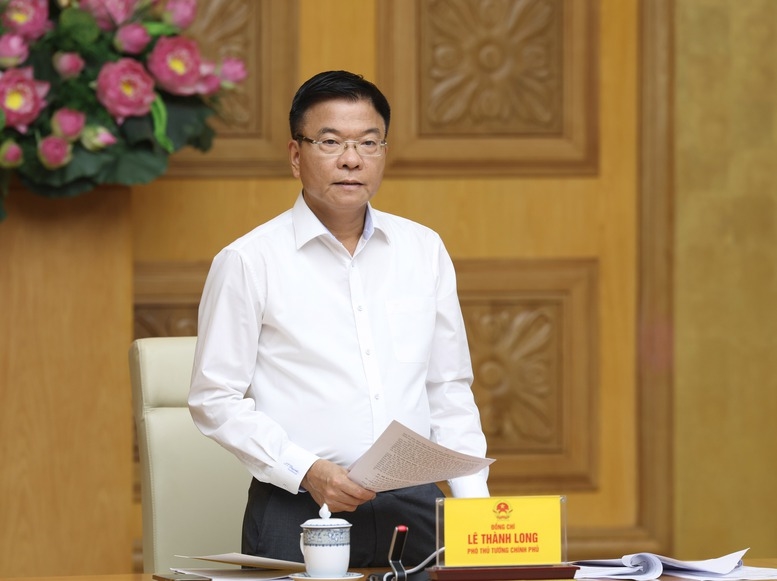The draft sets a target for the 2025-2030 period to increase the number of doctors working for a limited period each year at the grassroots level; reduce the direct out-of-pocket expenditure on health care to 30%. Each person will have an electronic health record to manage throughout their life.
By 2045, Vietnam aims to have health indicators and essential health service coverage equivalent to those of developed countries. Average life expectancy is expected to reach over 80, with the number of healthy years increasing. The average height of young people is approaching the average of developed countries.
However, according to Minister of Health Dao Hong Lan, the health system is facing many challenges such as the double burden of disease, increasing non-communicable diseases, and an aging population. "Bottlenecks" in terms of institutions, finance, human resources, grassroots health capacity, and self-sufficiency in drug and medical equipment supply are still major barriers that need to be removed. This resolution is expected to focus on bottlenecks to create breakthroughs and overcome the situation of "good policies but weak implementation".
Deputy Prime Minister Le Thanh Long emphasized that the draft needs to provide specific solutions, linked to feasible implementation conditions, not stopping at a general vision. He suggested building health criteria in policy planning, clarifying breakthroughs in investment, facilities, salary and benefits, with specific data.
 |
| Deputy Prime Minister Le Thanh Long at the meeting |
At the Government press conference on May 6, Deputy Minister of Health Tran Van Thuan said that with a population of 100 million and an average cost of VND250,000 per medical examination, the budget needed to ensure that each person is examined at least once a year is about VND25,000 billion.
Regular health check-ups help people access medical services early, proactively prevent, detect and treat diseases, thereby improving treatment effectiveness and reducing financial burden.
